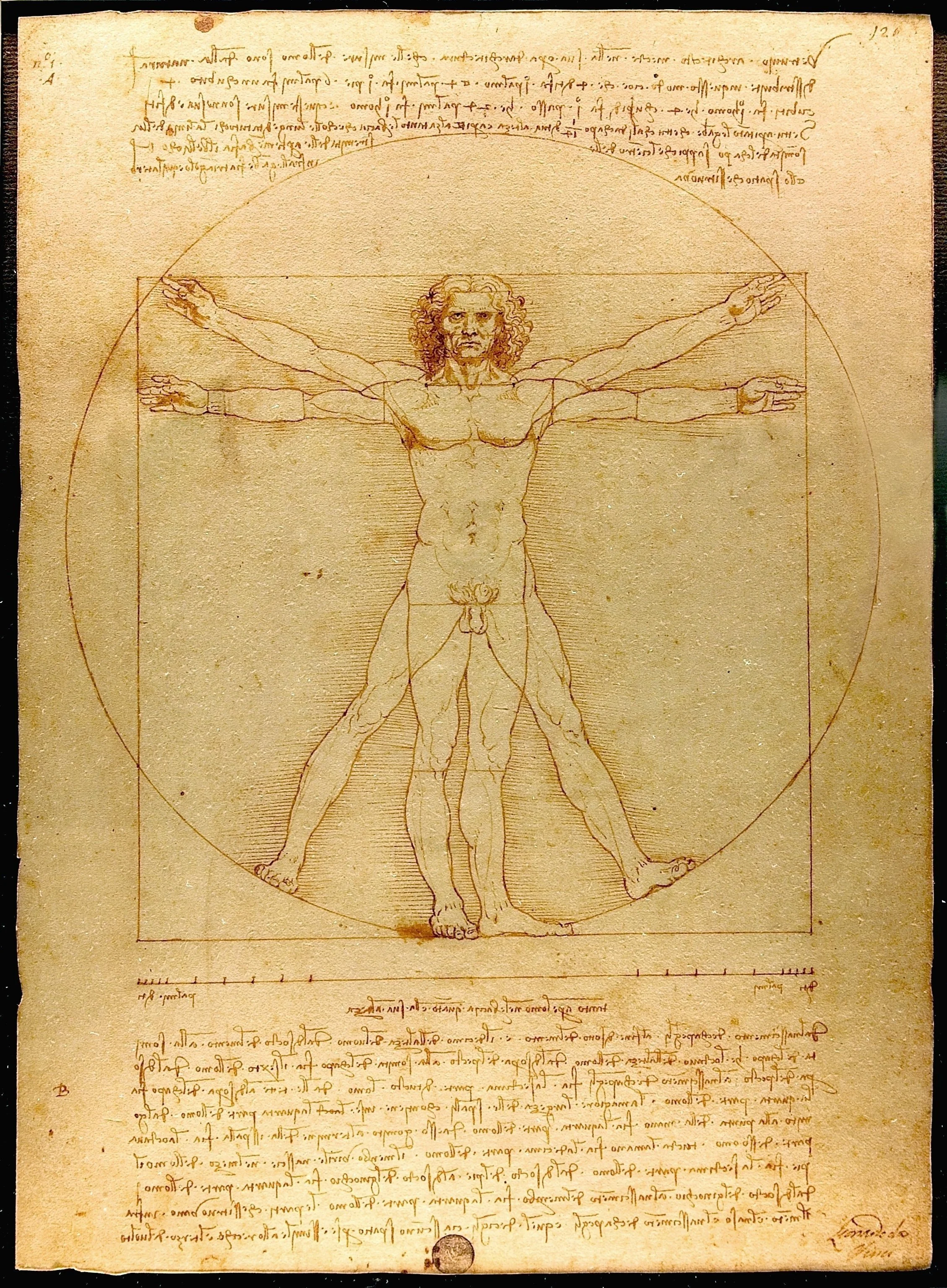Neurodiversity Innovation Media Lab
Medical Humanities Project
How my cancer diagnosis can make the world a better place
Farzin A. Illich
Planning Committee Member, Stanford Neurodiversity Summit
The correlation between creativity and neurodiversity represents a powerful force when finding solutions to complex persistent problems (i.e., climate crisis, inequality, pandemics, intractable conflicts, political polarization, and curing cancers).
Neurodiversity provides exceptional advantages when individuals are in the right environment, making use of their strengths.
Neurodivergent people’s strengths include the capacity to confront complexity, transcend silos, recognize patterns, and speak beyond echo chambers. Despite these abilities, they are subjected to a system of social exclusion and epistemic injustice.
In the US, unemployment for neurodivergent people is as high as 30-40%, which is three times higher than the rate for people with disability and eight times the rate for people without disability. From Deficit to Difference: A Cross-Cultural Approach to Neurodiversity in the Workplace explains how neurodivergent individuals can feel like foreigners in the neurotypical world.
To bridge these gaps, we aim to craft a prototype for organizational and technological design that sustains a strengths-based model.
Walter Issacson’s seminal biography of Da Vinci alludes to behavioral traits that today would be diagnosed as ADHD. A Smithsonian Magazine article about Da Vinci’s neurodiversity introduces how he struggled to balance his extraordinary creativity with concrete results and commitments.
While it was challenging to recover and decipher Da Vinci’s notebooks, they contain extraordinary scientific and technological insights. How many Da Vinci’s have come and gone without anyone benefiting from their insights?
How do we identify and design appropriate organizational structures and technologies for such genius and divergent thinking to thrive and benefit humankind?
The Neurodiversity Innovation Media Lab is designing a space where neurodivergent and neurotypical people collaborate, solve problems, tell their stories, innovate, experiment, iterate, fail, succeed, and grow. The Lab can take on a life of its own in partnership with educational institutions and policy makers. The Lab will have a presence in Washington DC while connecting with national and global resources.
Serving as a model for human development, the Neurodiversity Innovation Media Lab initiatives engage and ignite:
A network of health care providers to promote health equity for neurodivergent populations and to put into action appropriate structures that address health disparities.
Advocacy, job crafting and legal support. Those with the power of divergent thinking are routinely screened out by most human resources practices. Advocacy and legal support can play a critical role in preventing the massive waste of human capital.
·
Knowledge mobilization, storytelling and film production in partnership with Medical Humanities Scholars and Practitioners. Sharing lived experience and narratives of neurodivergent people brings valuable insights and guidance for designing an effective healthcare model.
A neurodiversity-affirming iteration of the MIT Media Lab model aims to create an environment to embrace the unique perspectives, skills, talents, and exceptional cognitive agility of neurodivergent people in solving the grand challenges our time. The lab will engage neurodiverse and neurotypical people in bold creative experiments to build trust and facilitate communication, which are foundational to psychological safety and inclusivity.
